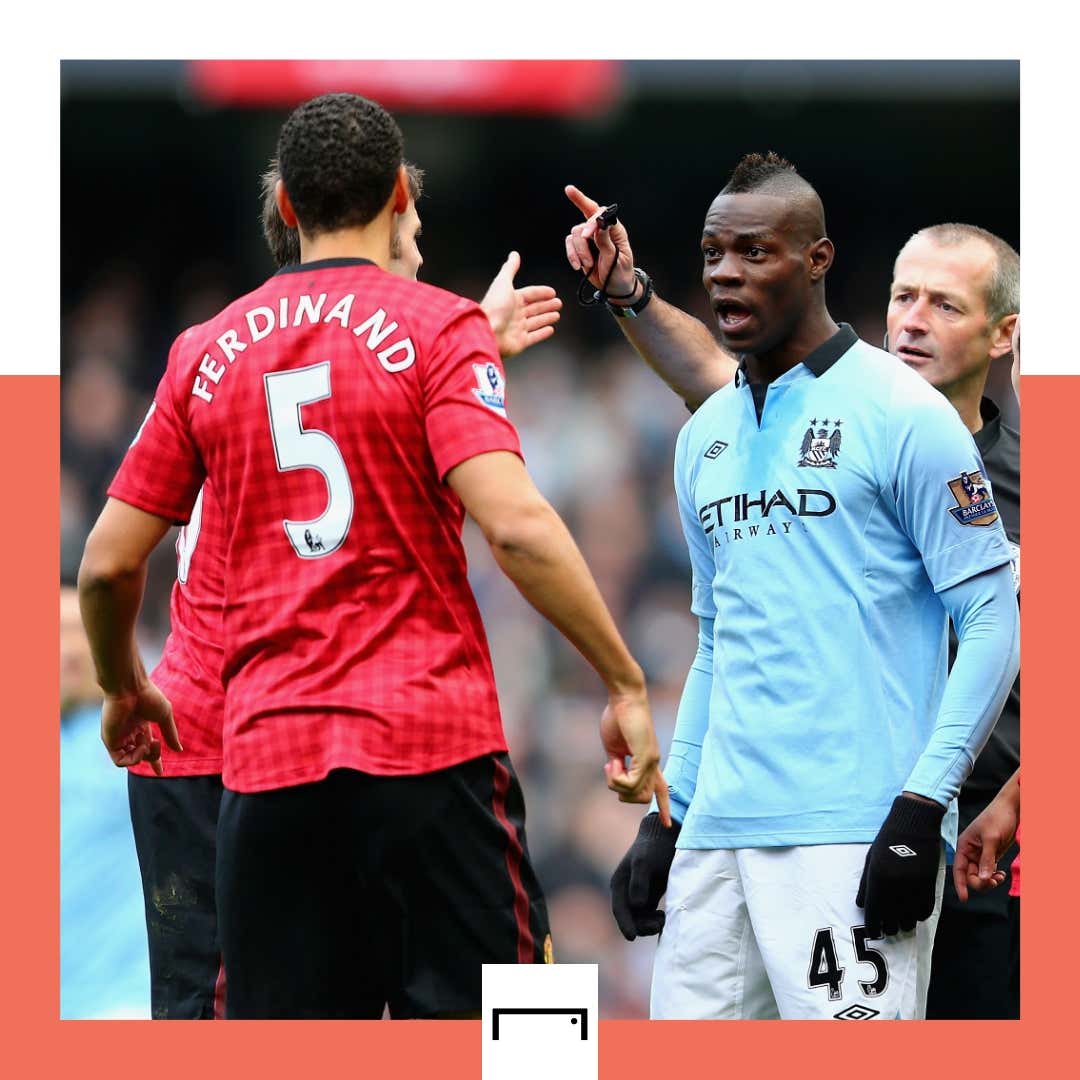James Milner has played in the Premier League for nearly two decades.
The Liverpool midfielder turned 36 on January 4th, but has shown little sign of slowing down as he has played more than half of Jurgen Klopp’s side’s games this season, including appearances in key duels against Manchester City, Chelsea and Atletico Madrid.
Milner may have celebrated his birthday with just a glass of Ribena, as he made famous when Liverpool won the Champions League in 2019, but it is this dedication to his own health and fitness that has kept his longevity at the highest levels.
Editor favorites
“It’s the little things he does every day that make a whole package,” says Paul Webster, former Manchester City sports therapist who worked with Milner during his five years at Etihad Stadium AIM.
“When I see him playing now, it’s as if time has not gone on; it’s like 10 years ago.
“James is probably a little more pedantic about his food and drink and what he does in his general lifestyle, but that isn’t meant to take away from some other players who would work just as hard.
“But originally I noticed James’ overall package.”
Milner remains one of the fittest members of the Liverpool squad despite being the oldest while only four outfielders born before the former English midfielder have appeared in the Premier League this season: Thiago Silva, Cristiano Ronaldo, Fernandinho and Ashley Young .
Ronaldo, in particular, is known for his high fitness standards and focuses on small gains to make sure he stays in tip top shape, and Webster believes Milner shares some of the Portuguese’s traits.
“I’ve seen him (Milner) against Chelsea and he was probably one of the fittest on the field,” he added. “He looks young, he looks fit, he’s probably eight percent body fat or something ridiculous.
“He’s a bit like Ronaldo. I’ve never worked with Ronaldo before, but I know people who have and I get the same impression.
“It’s all: drink, James doesn’t touch alcohol; Eat, he pays careful attention to how much he eats; its timing is perfect; he has goals – he wants to get fitter and stronger over the months; his general behavior and internal discipline.
“I’m not surprised he is still playing and he will continue to play for a few more years.”
Webster worked at City for 12 years during a period of incredible change as the club rose from lower midfield to Premier League champions.
He could be found praying in the Etihad Stadium tunnel when Sergio Agüero scored the 93rd-minute winner against QPR, City’s first title in 48 years.
Of course, that dramatic late finish underscored the incredible fitness and desire to hold out to the last second of club legends like Vincent Kompany, David Silva, Yaya Toure and Pablo Zabaleta.
However, Mario Balotelli also played a pivotal role in that historic title triumph and while many have questioned the enigmatic Italian’s attitude over the years, Webster says the striker was fully committed behind the scenes.
“He was amazing,” says Webster. “It’s the norm today to say that Mario was this or Mario was, but I was lucky enough to see that he was a phenomenal athlete who trained as hard as everyone else in the club.
“He was phenomenally strong and agile. He came to the gym after training and loved his muay thai [kickboxing].
“When you work with someone every day, you ignore all the stupid stuff going on in the press and we’re in a little bubble there. That was Mario; it was a lot of fun. “
Webster left City in 2016 to start his own sports therapy clinic, Premcare in Didsbury. Today he works in a number of sports and specializes in soft tissue injuries, including treatment management and rehabilitation.
This is something that both amateur athletes and professionals need to be on their guard against, especially at this time of year when many people will be considering restarting the fitness program as part of their New Year’s resolutions.
Coming back can be painful and potentially daunting at times, especially for people who got out of shape during the lockdown or over Christmas, but Webster has a few tips to help some keep their focus.
“The first is the mentality of saying, ‘I’ll get on that again.” But don’t rush it. Start back a little. Going out, running, stretching, yoga – all of these need to be built up.
“If you have not done anything for months and you start, you will develop what is known as delayed onset of muscle soreness. You go out, run and the next day you get really sore and all your muscles ache.
“There is not much you can do about it, because it will happen. Once it happens, you can do things like a recovery session.
“The first time you’re jogging or playing soccer or whatever, you can take a contrast bath – soak in a cold bath for a few minutes, then take a hot shower, back in the cold bath and a hot shower, and that limits your options get a lot of muscle soreness and can effectively eliminate this trauma you are causing in muscle tissue.
“The next day, you can do light, progressive stretching. These days, you can just blow up YouTube and do whatever yoga session you want there.
“You could do a 10-15 minute yoga hit and then go out the day after and try another run. After you’ve done this a few times, you will find that the muscles stop responding as strongly.
“As long as you keep doing this, you will become stronger and more adaptable because you started the process.”


